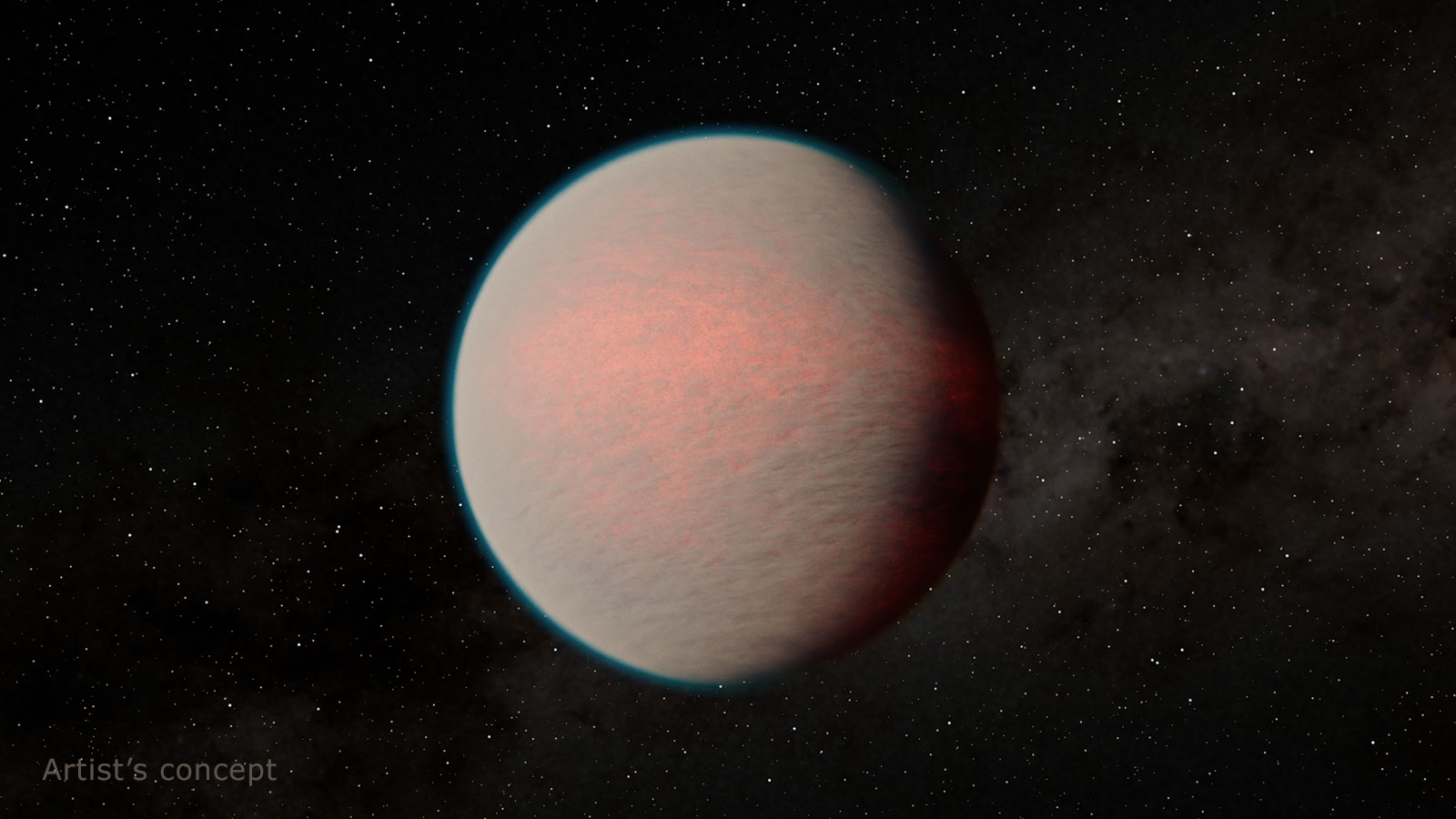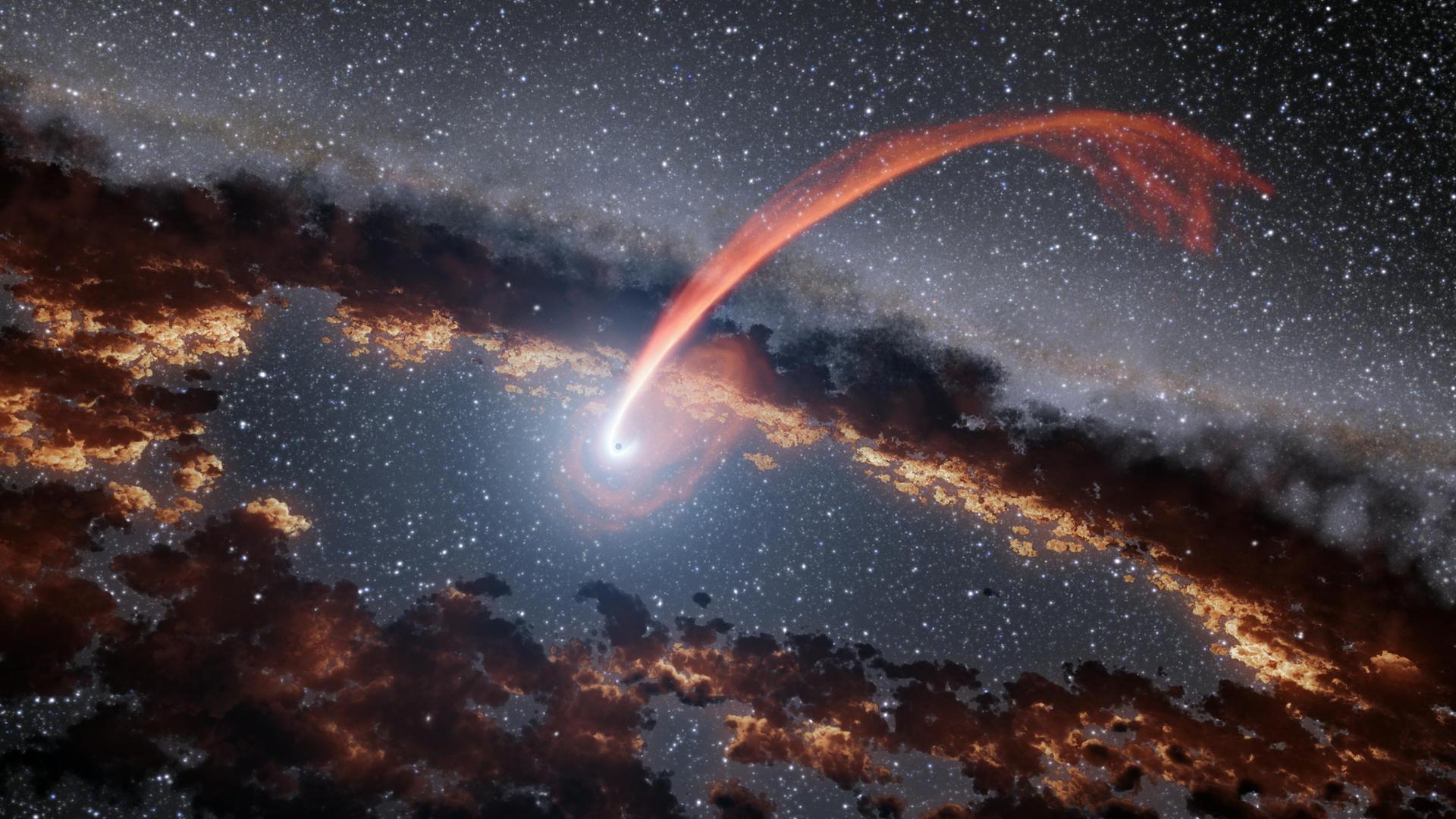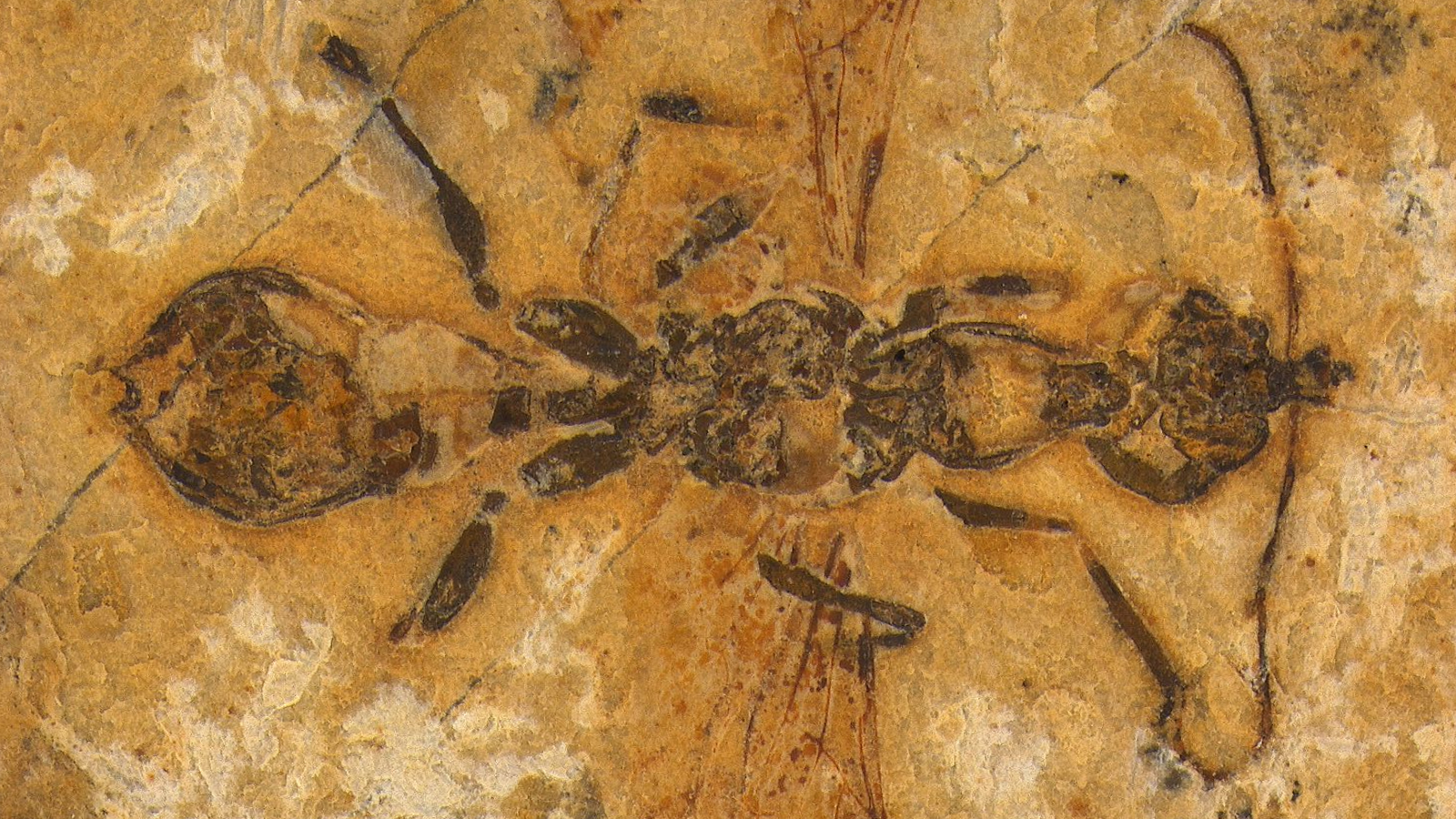
Briley Lewis
Briley Lewis (she/her) is a freelance science writer and Ph.D. Candidate/NSF Fellow at the University of California, Los Angeles studying Astronomy & Astrophysics. Follow her on Twitter @briles_34 or visit her website www.briley-lewis.com.
Latest articles by Briley Lewis

World's largest solar telescope turns on powerful new camera, revealing breathtaking image of a continent-size sunspot
By Briley Lewis published
The Daniel K. Inouye Solar Telescope, the world's largest solar telescope, can see the sun in unprecedented detail. Here is the first image from its newly-activated camera.
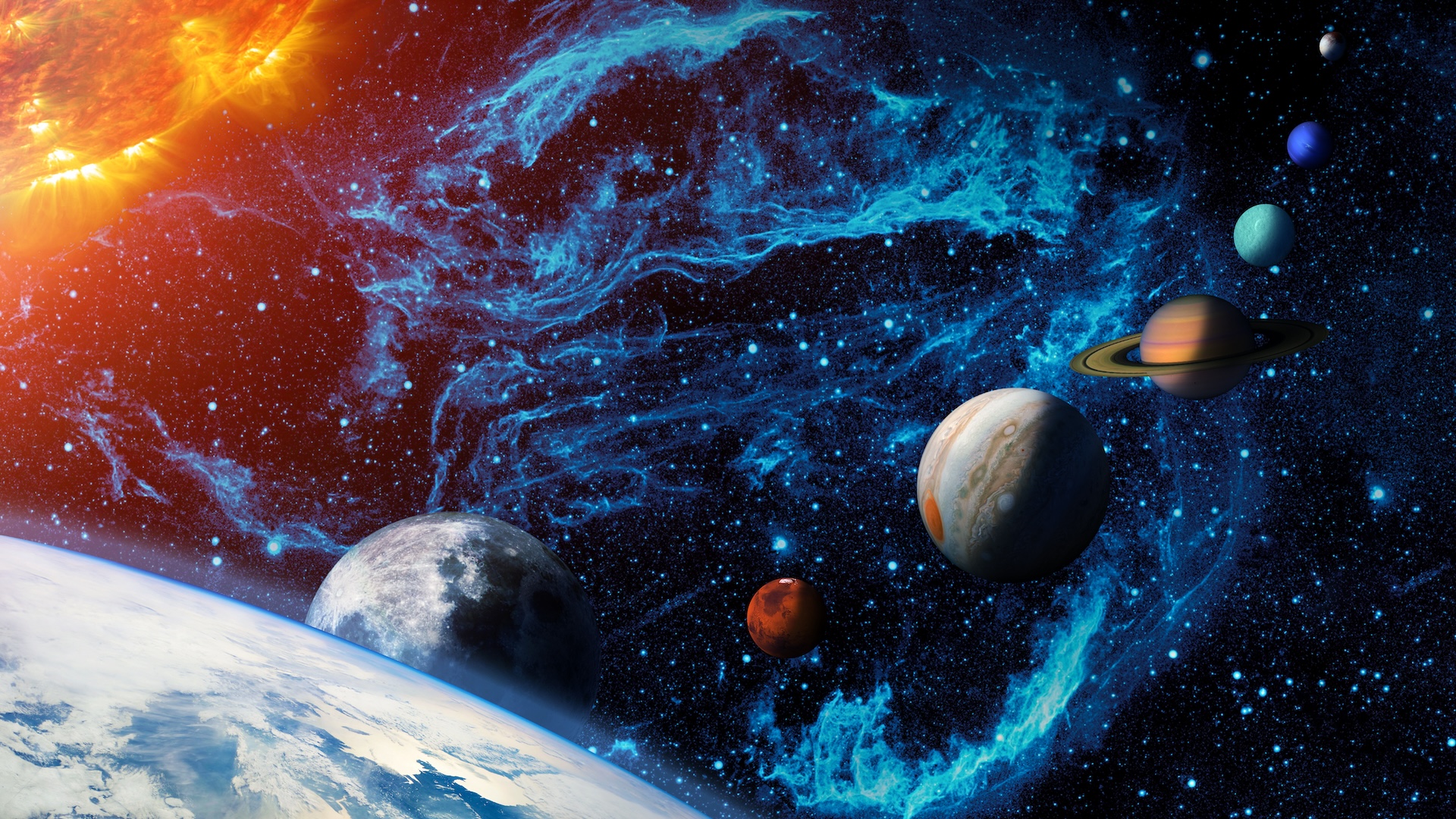
Which planet is closest to the sun?
By Briley Lewis published
Mercury takes only 88 Earth days to orbit the sun.
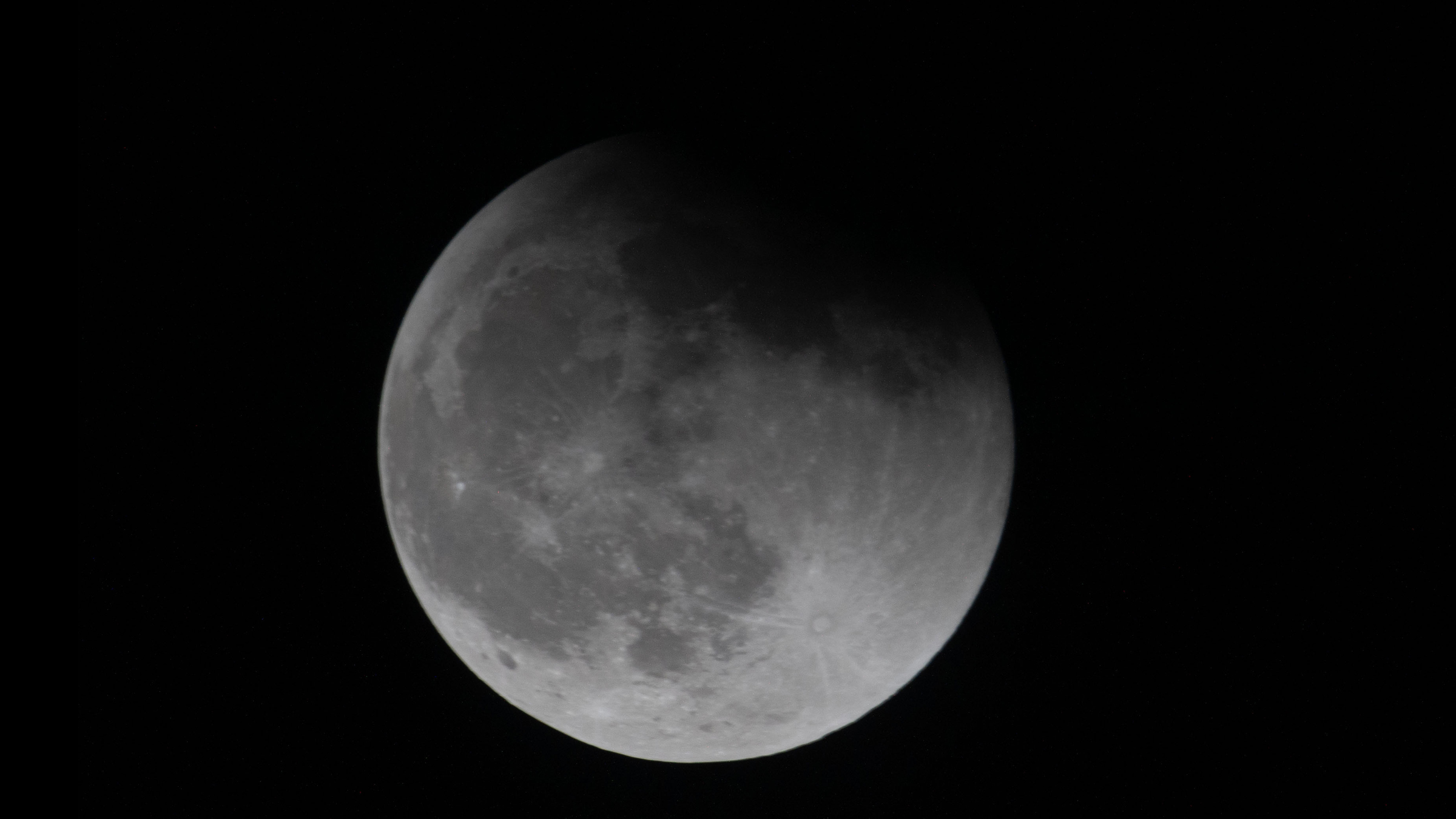
Is the moon a planet?
By Briley Lewis published
The moon is a round, rocky body, but is it a planet? The answer, scientists say, is complicated.
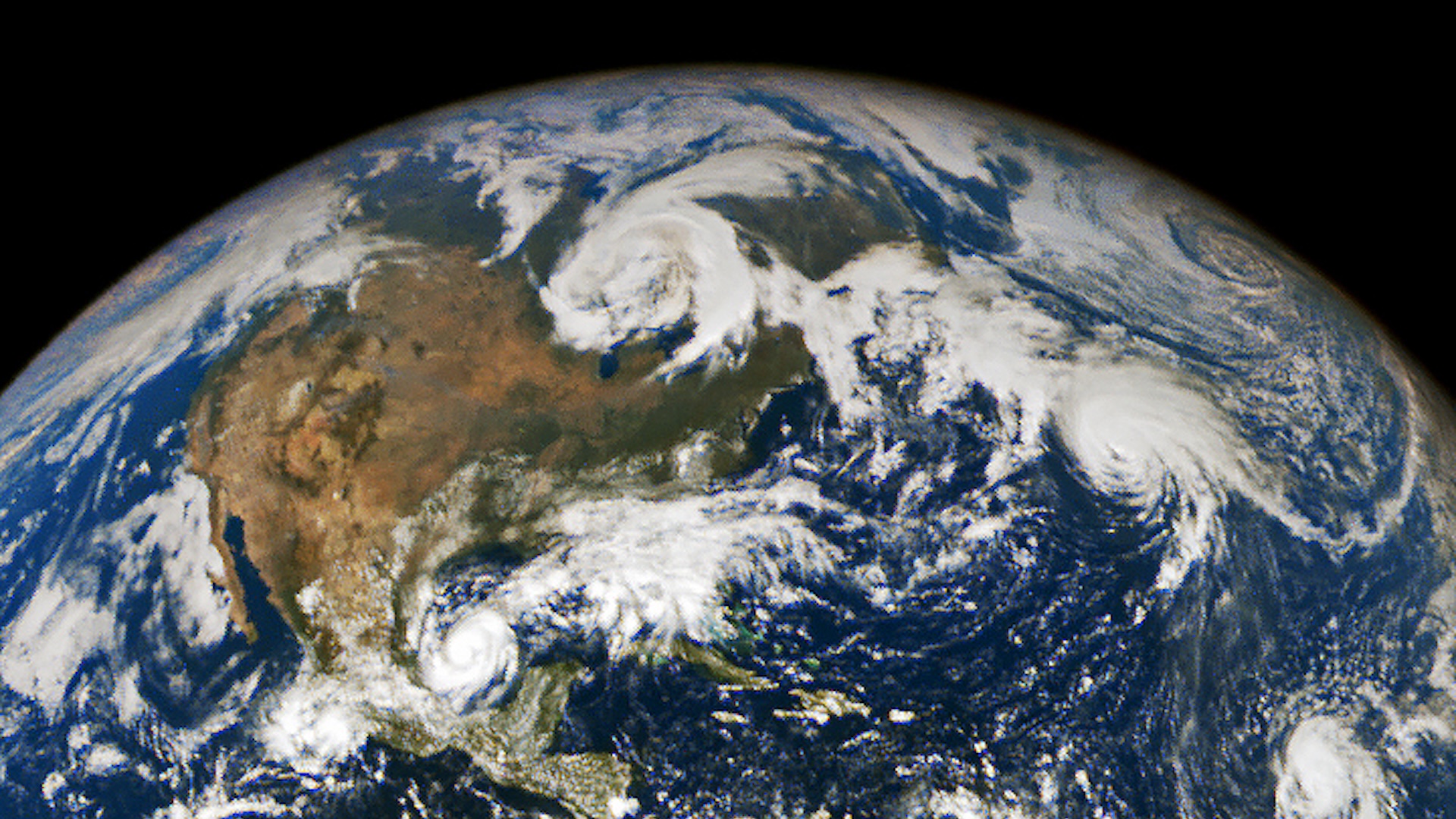
How old is planet Earth?
By Briley Lewis published
How old is Earth? Our planet's age is known from a variety of sources, from rocks on our own planet to ones from the moon.
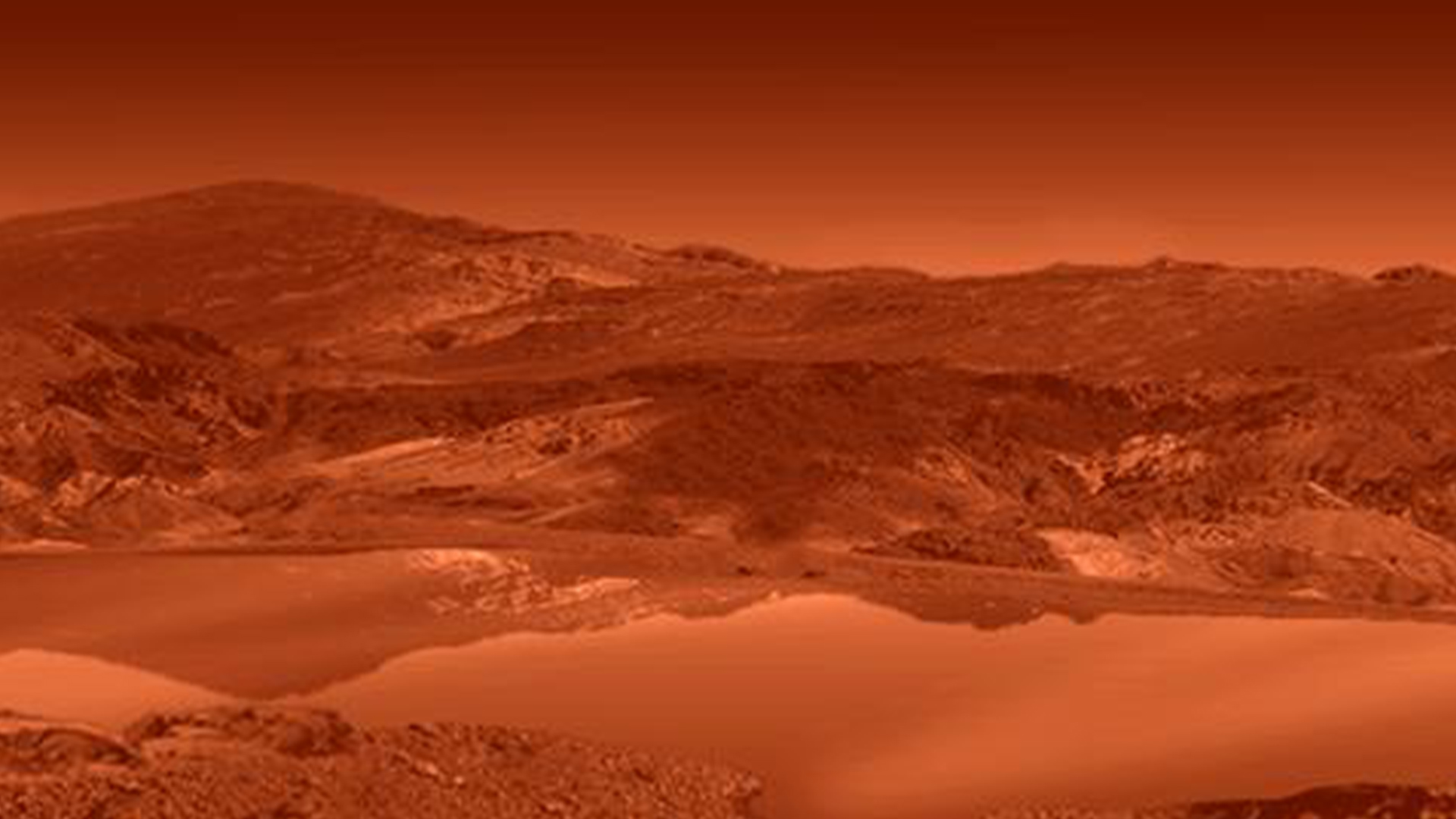
Mysterious 'magic' islands that come and go on Saturn's moon Titan finally have an explanation
By Briley Lewis published
Bright spots that appear and vanish on Saturn's moon Titan have a seemingly simple explanation — they're floating chunks of frozen organic material.
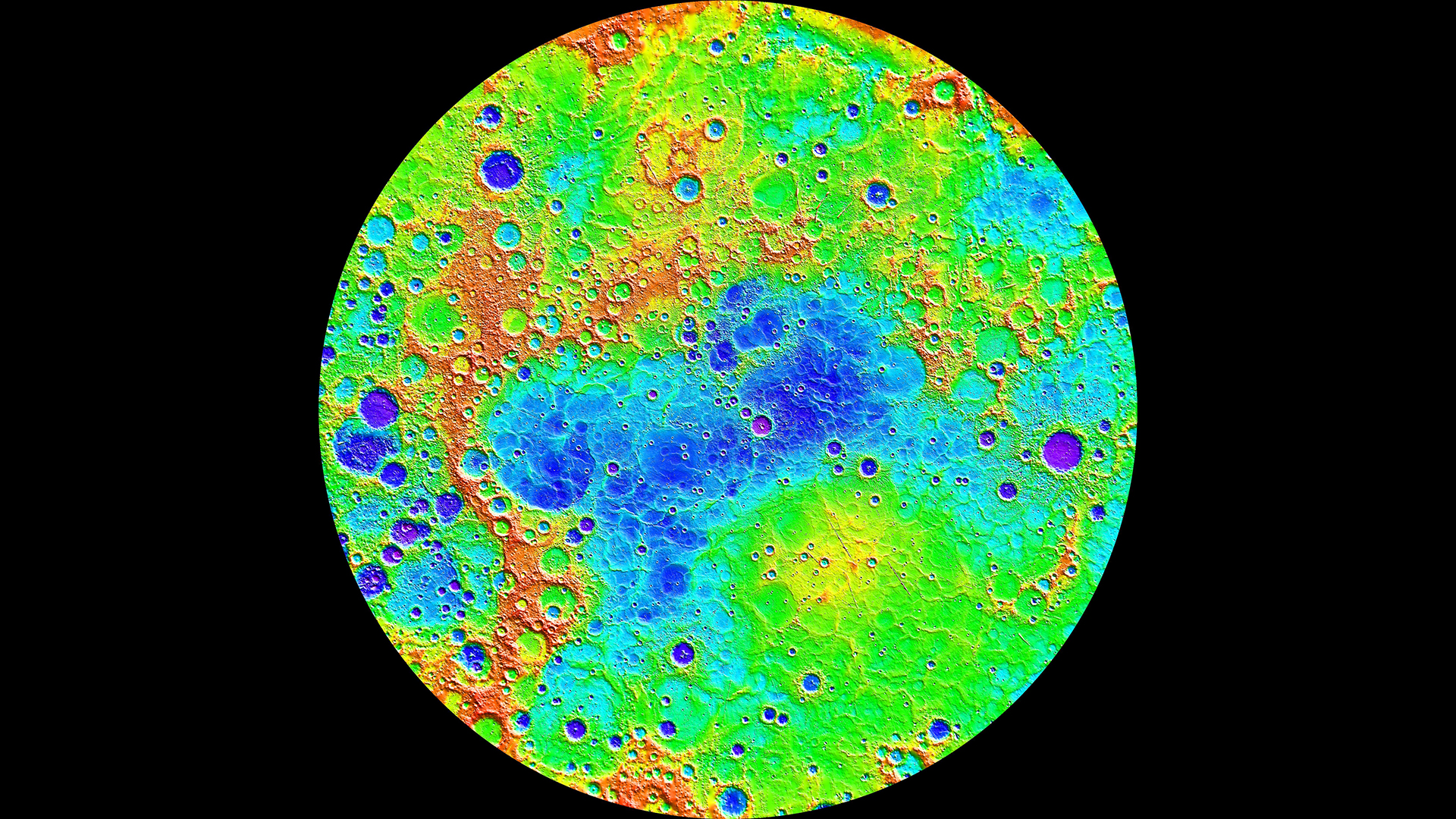
Mercury may have a 'potentially habitable' region below its surface, salty glaciers suggest
By Briley Lewis published
Salty glaciers discovered in craters near Mercury's north pole may have the right conditions for extreme forms of life, new research suggests.
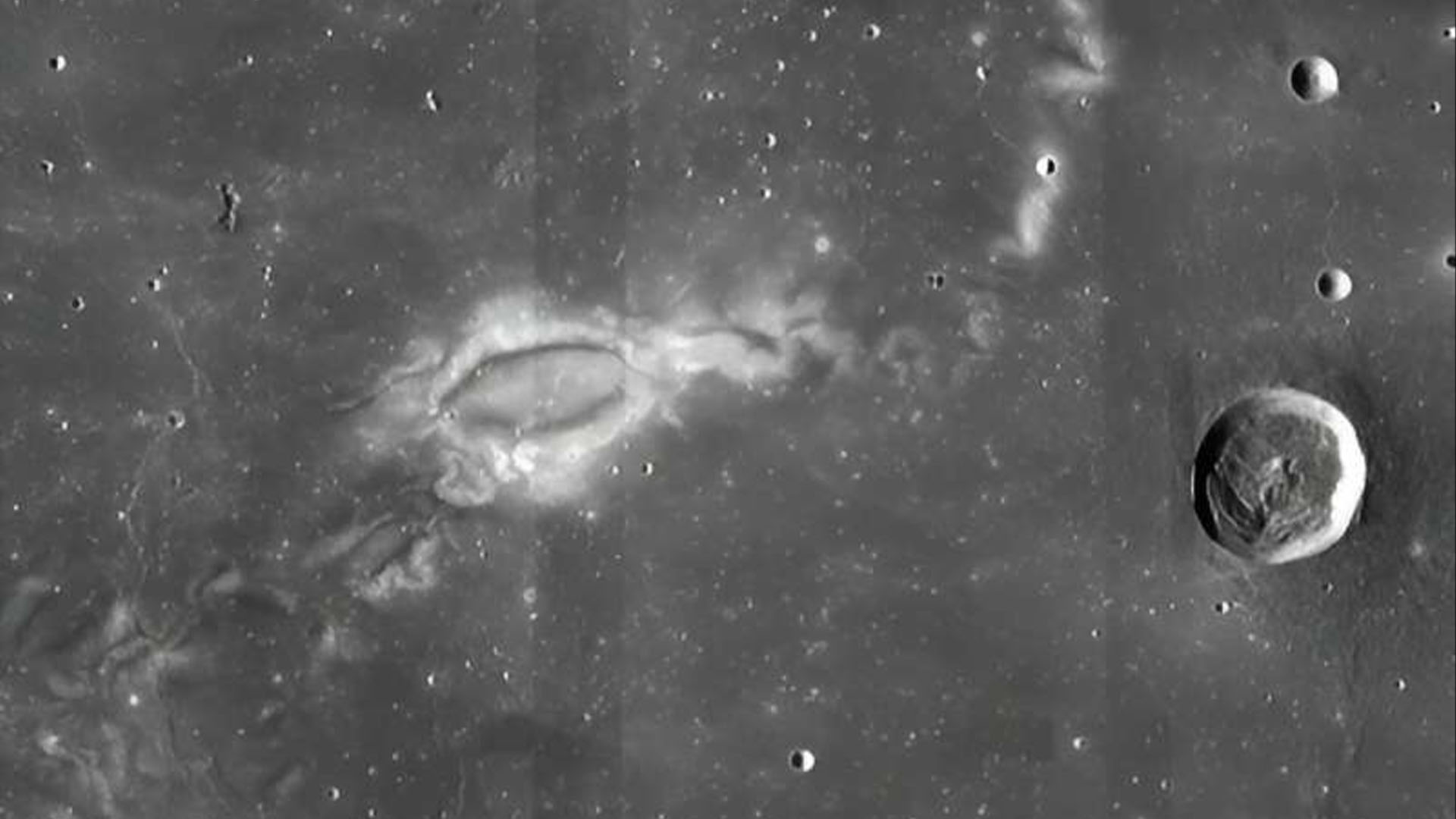
Mysterious 'lunar swirls' that perplexed scientists for decades may be close to an explanation
By Briley Lewis published
No one knows what causes lunar swirls, but new evidence shows they may be tied to certain elevations on the moon's surface.
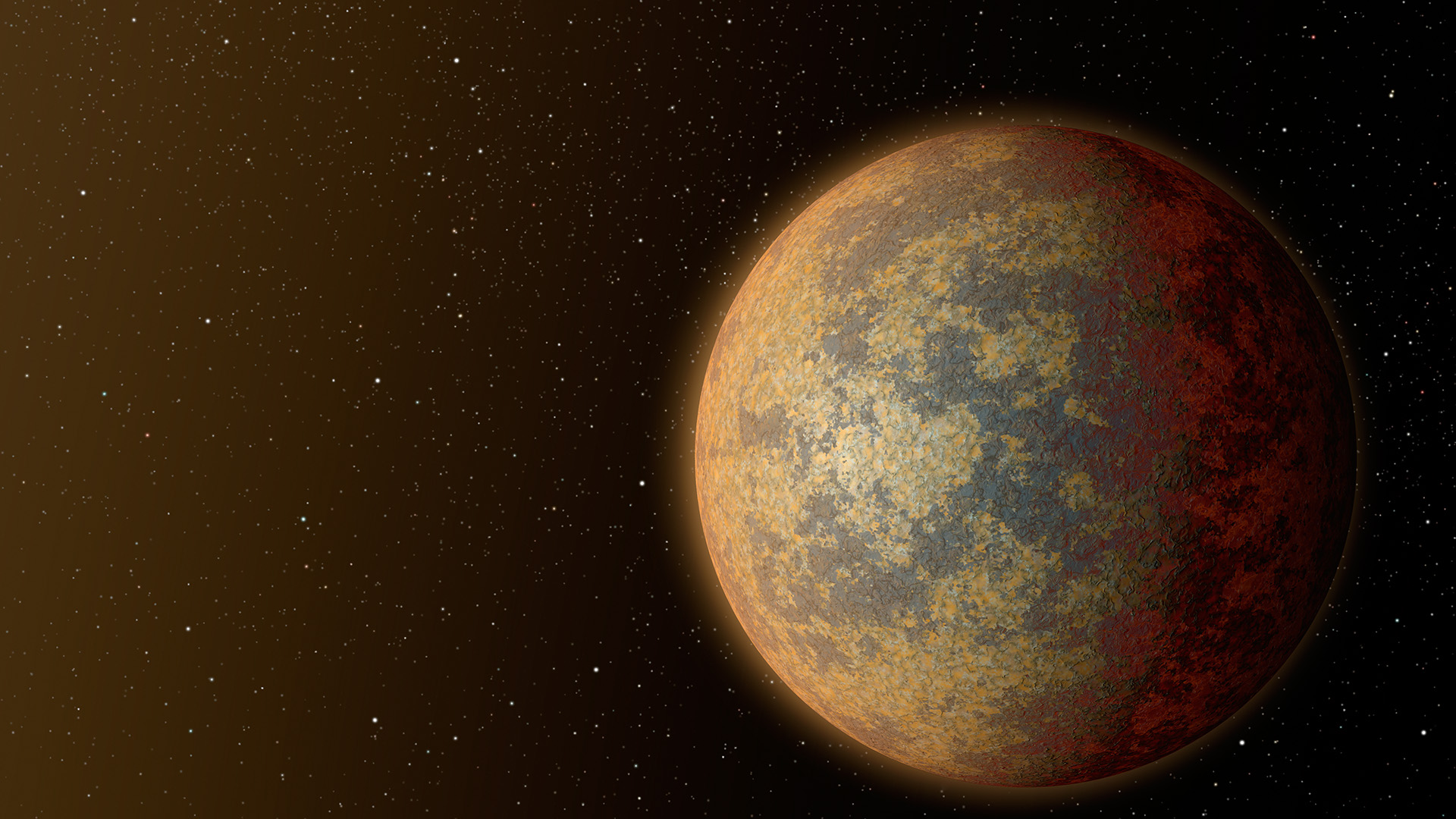
The oldest continents in the Milky Way may be 5 billion years older than Earth's
By Briley Lewis published
Several exoplanets at the edge of our galaxy could have formed continents — and advanced life — 5 billion years earlier than Earth, new research suggests.
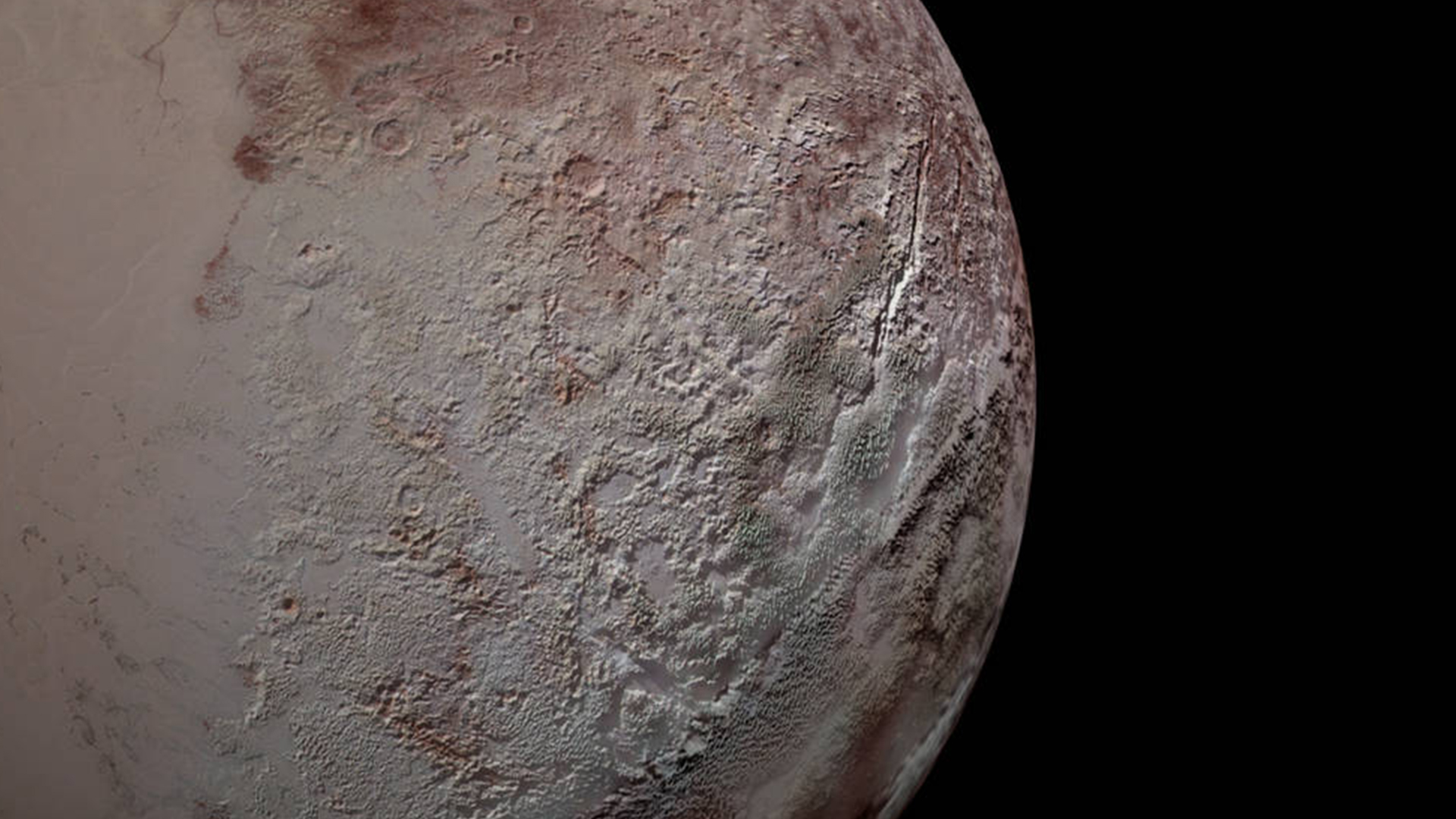
Pluto may have an ice-spewing 'supervolcano' the size of Yellowstone, New Horizons data reveals
By Briley Lewis published
Kiladze Caldera, formerly called Kiladze crater, may be a supervolcano that erupted fairly recently, spewing ice across the surface of Pluto.
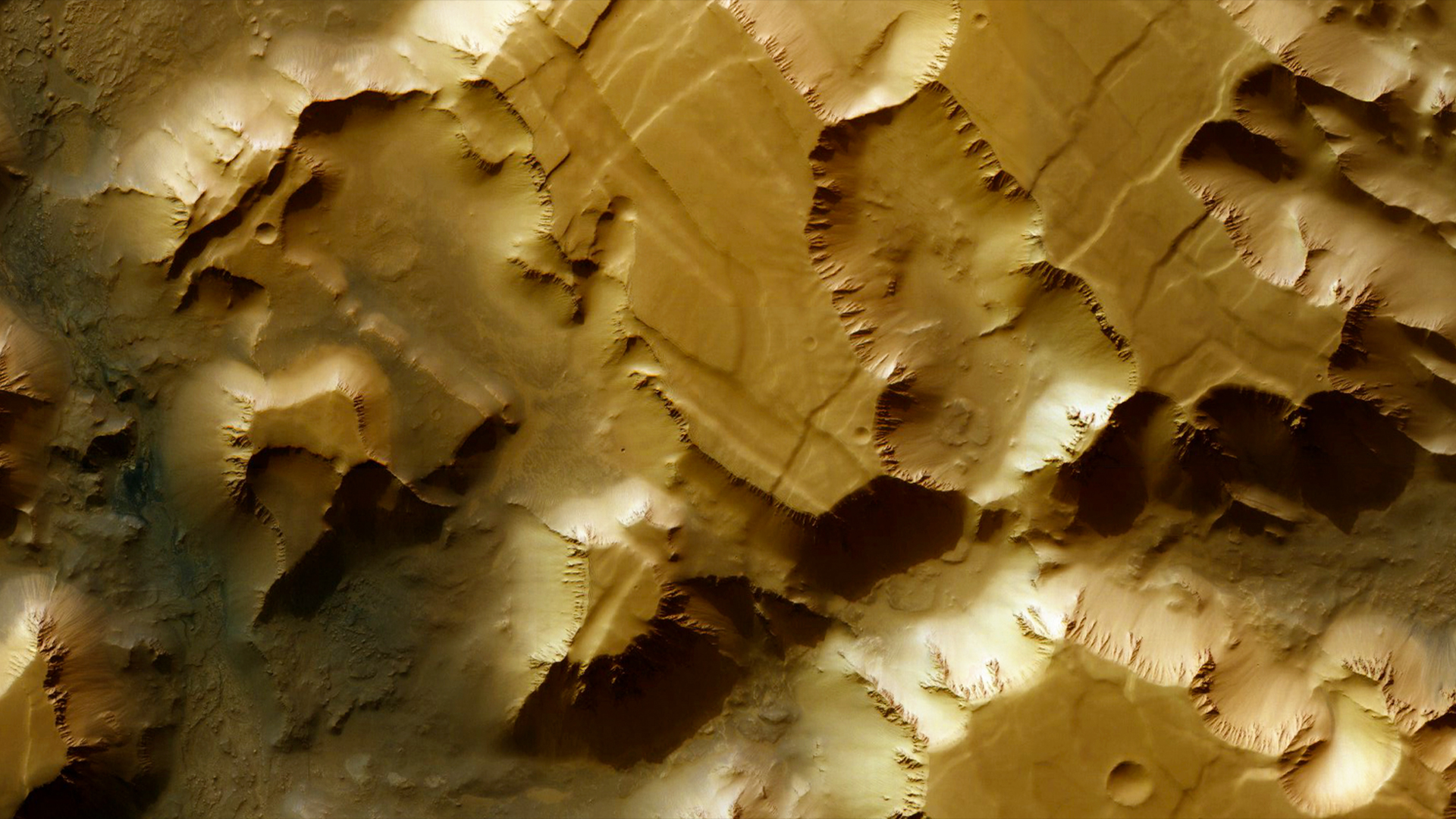
Soar through the 'Labyrinth of Night' — a Martian canyon the size of Italy — in thrilling new satellite video
By Briley Lewis published
See Mars' geology up close, thanks to decades of stunning images from the Mars Express satellite, in a new visualization of Noctis Labyrinthus, the 'Labyrinth of Night'.
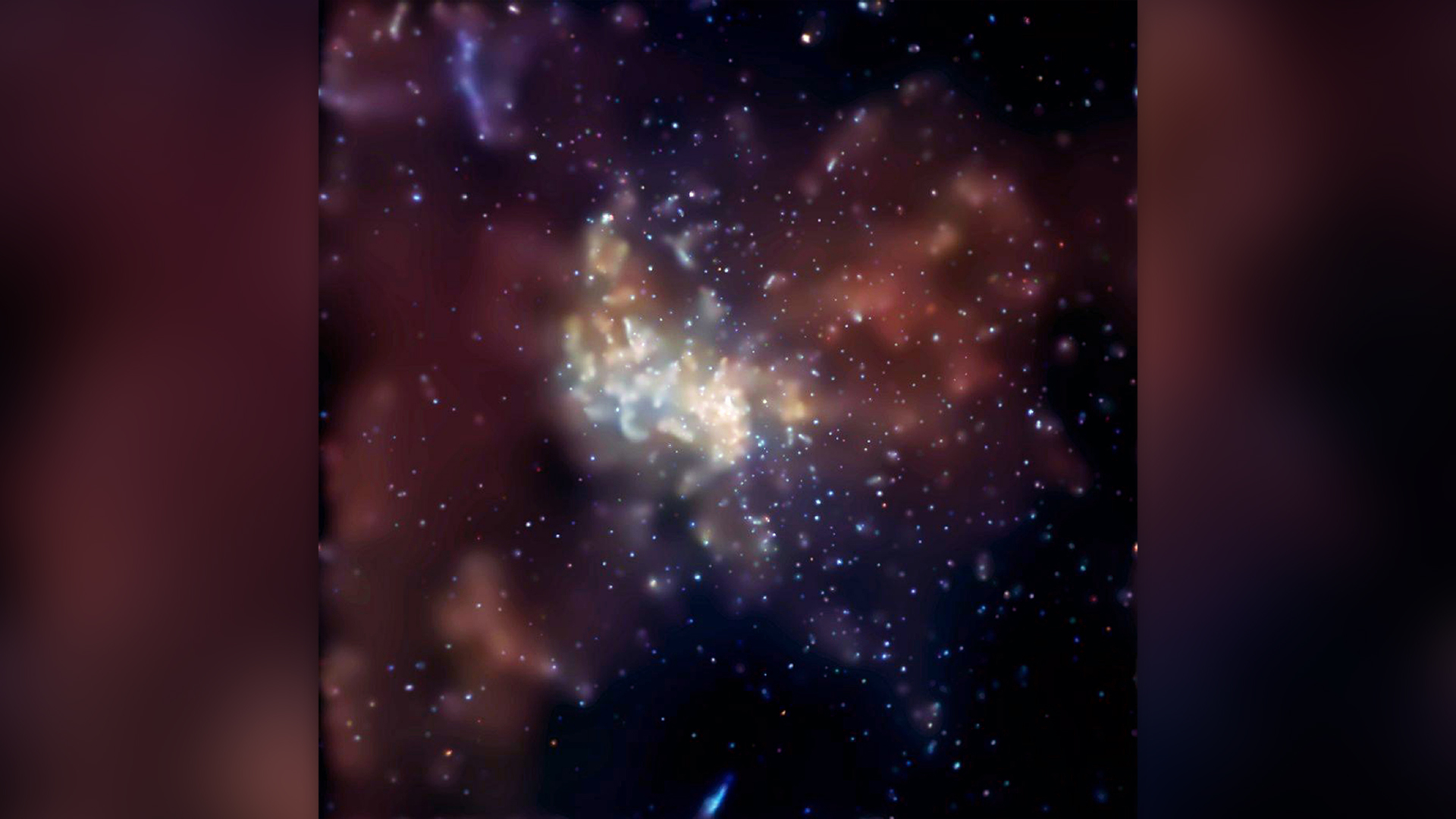
Mysterious 'fountain of youth' near Milky Way's central black hole is full of newborn stars that shouldn't exist
By Briley Lewis published
New James Webb Space Telescope observations might be able to explain why clusters of young stars keep turning up near the Milky Way’s central black hole.
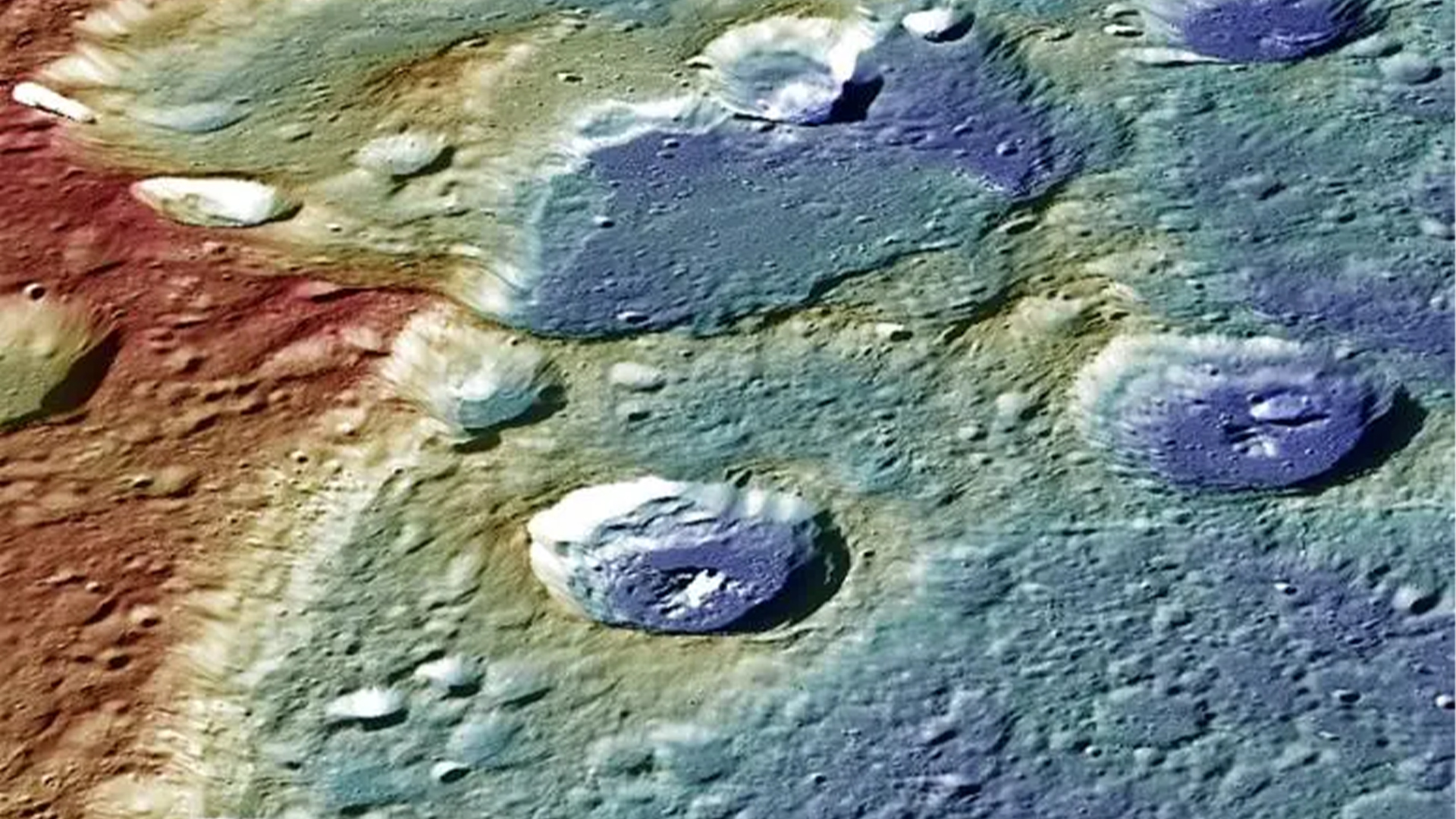
Mercury is still shrinking after billions of years, and scientists can see its 'wrinkles'
By Briley Lewis published
The smallest planet in our solar system is getting smaller as heat escapes its core and fresh cracks open on its surface, new research finds.
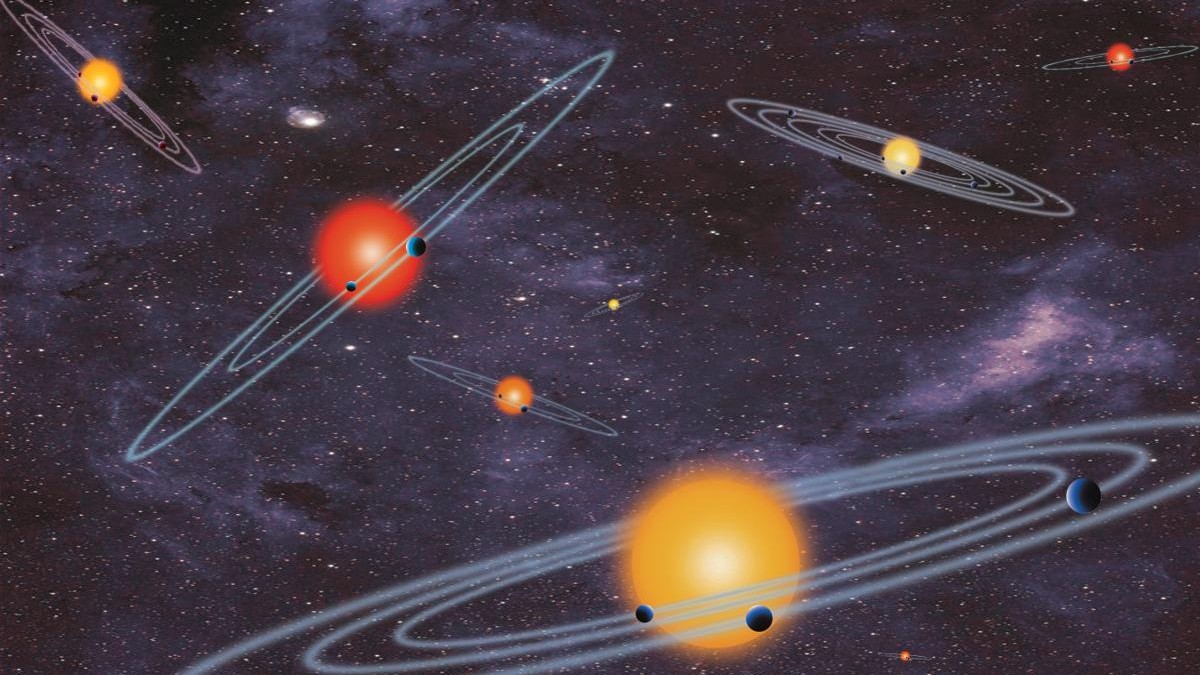
Mathematicians find 12,000 new solutions to 'unsolvable' 3-body problem
By Briley Lewis published
Calculating the way three things orbit each other is notoriously tricky — but a new study may reveal 12,000 new ways to make it work.

How many planets are in the universe?
By Briley Lewis published
We currently know of 5,502 planets beyond the solar system, but we've only found the tiniest fraction of the planets astronomers think lie elsewhere in the universe.
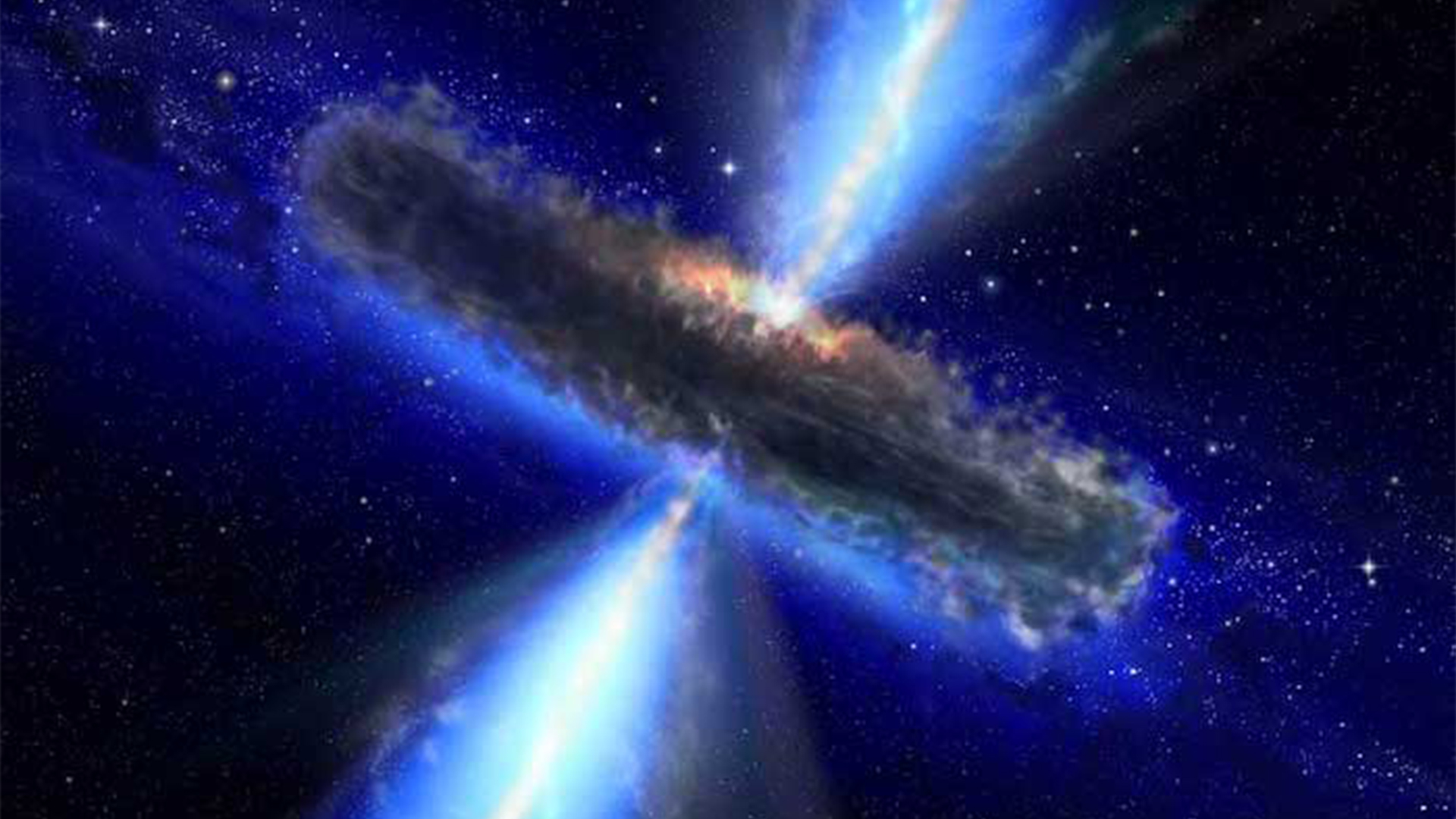
James Webb telescope reveals the universe may have far fewer active black holes than we thought
By Briley Lewis published
Almost every galaxy in the universe has a supermassive black hole at its center. So why is it so hard to find young black holes actively feeding?
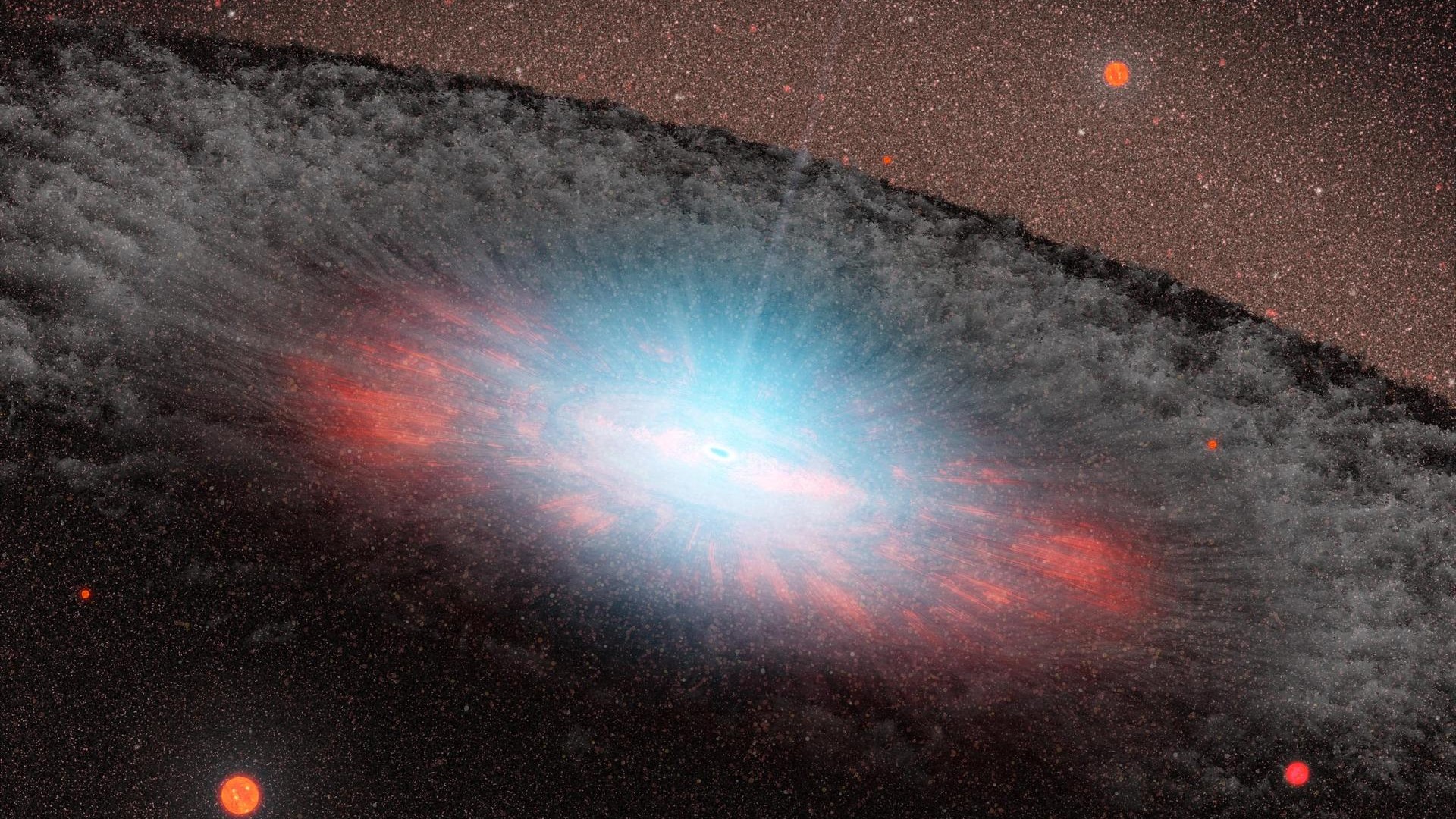
A black hole 'assassin' ripped a star to shreds and left its guts strewn about the galaxy
By Briley Lewis published
Astronomers studied the remains of a massive star ripped apart by a black hole in an epic astro-forensic murder investigation.
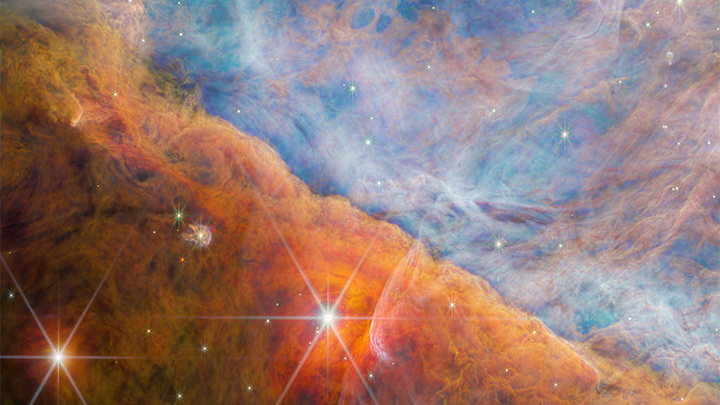
James Webb telescope discovers carbon compounds crucial to life in star system 1,000 light-years from Earth
By Briley Lewis published
An infant star system contains the basic building block for organic chemistry, new James Webb Space Telescope images reveal.
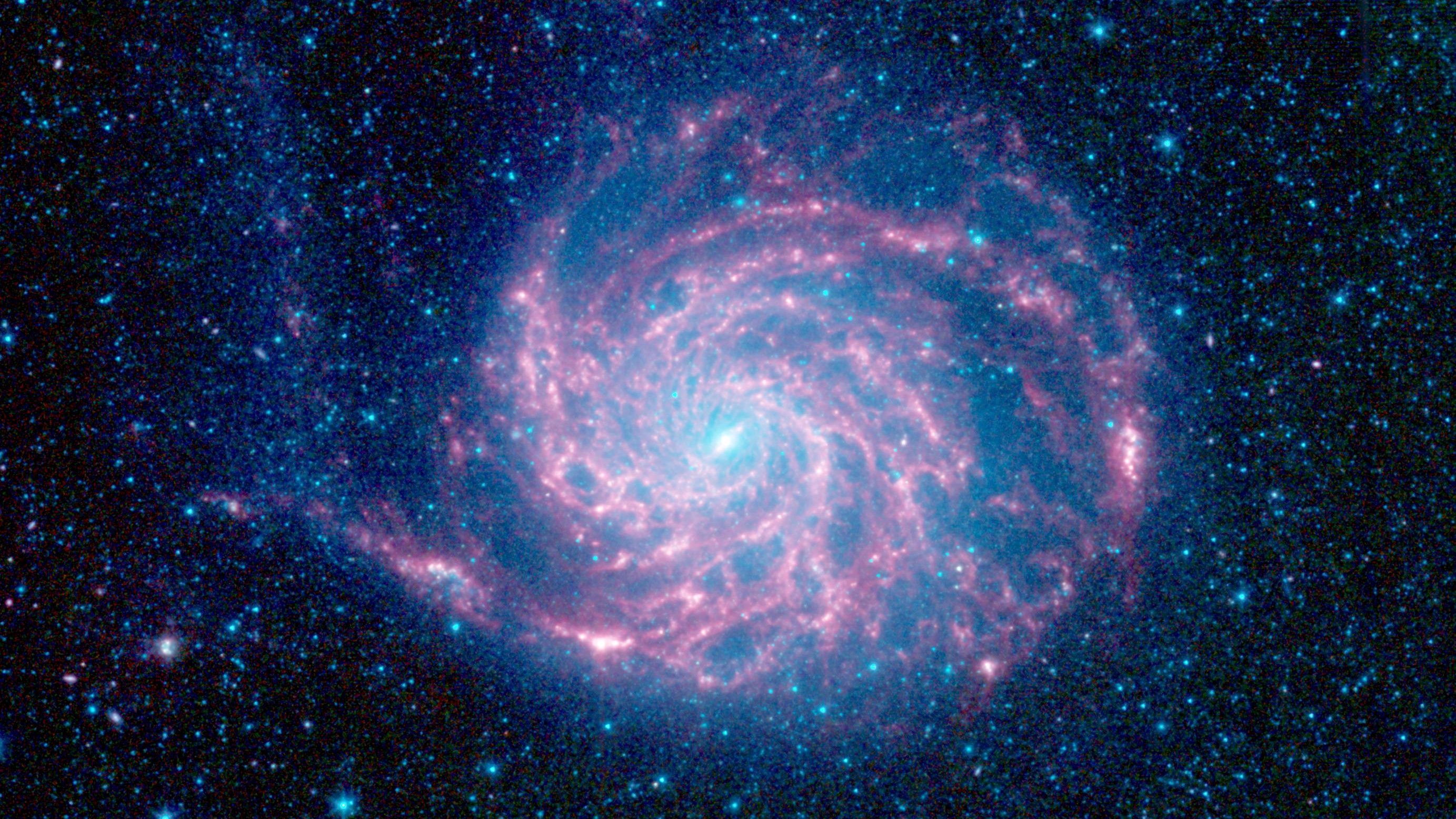
Aliens might be using a nearby supernova to get our attention, new study suggests
By Briley Lewis published
SN 2023ixf is the closest supernova to Earth in more than a decade — and the perfect excuse for intelligent aliens to get our attention, new SETI research suggests.
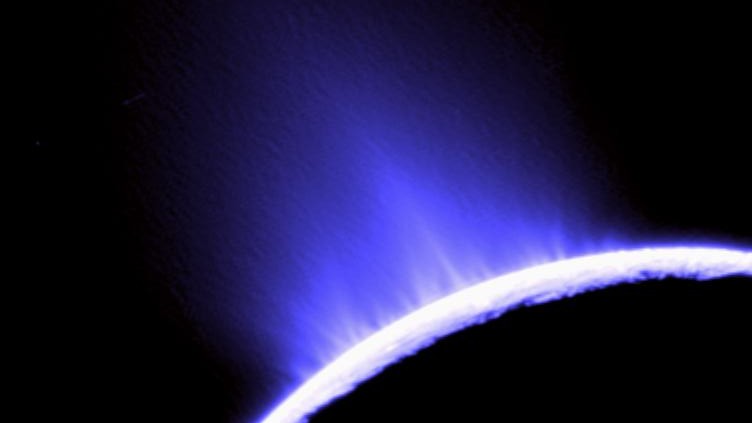
Scientists discovered a crucial element for life gushing out of Saturn's icy ocean moon
By Briley Lewis published
Astronomers have confirmed the presence of phosphates — a crucial ingredient for life — in a plume of icy water gushing out of Saturn's moon Enceladus.
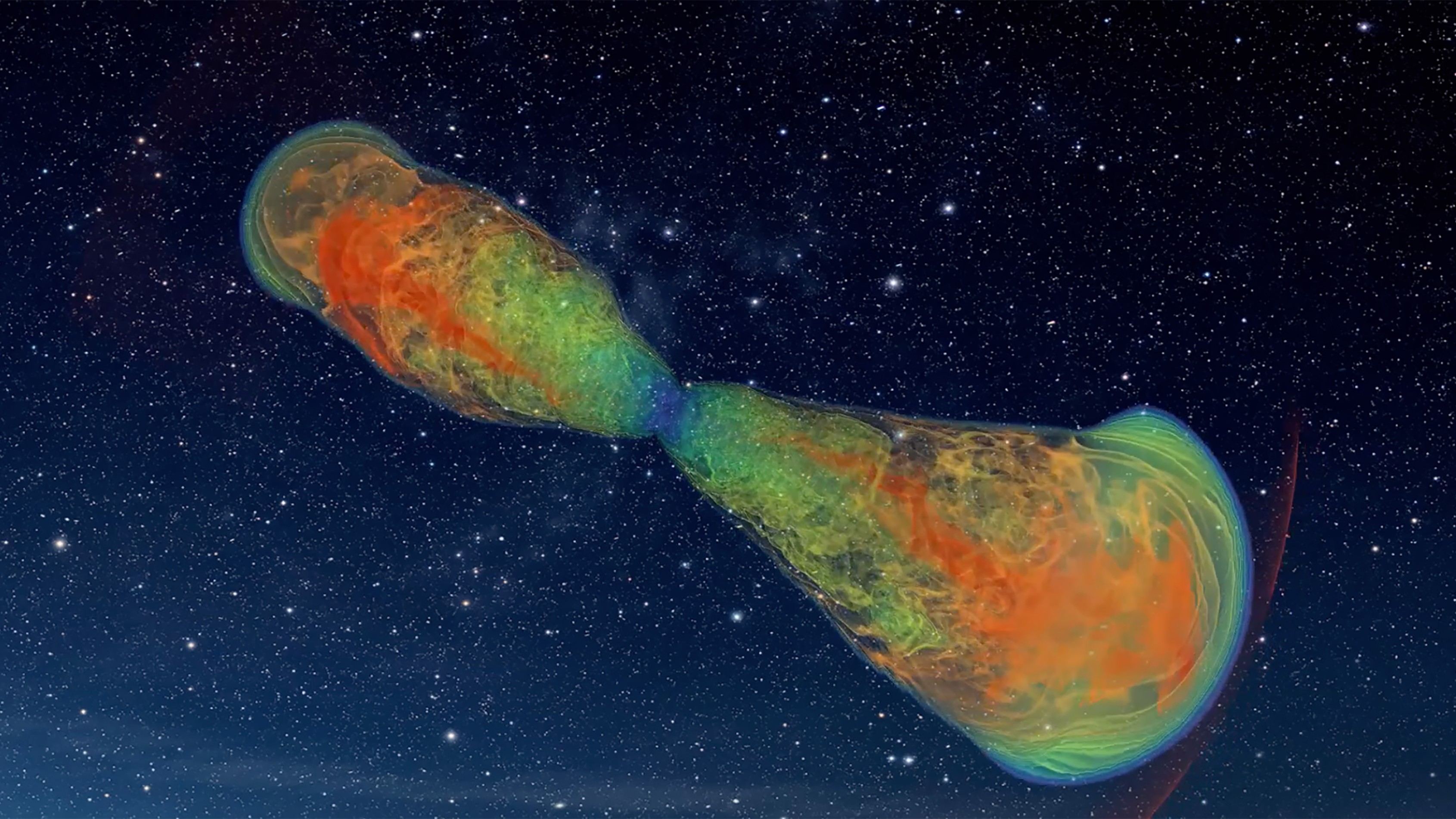
Dying stars build humongous 'cocoons' that shake the fabric of space-time
By Briley Lewis published
New simulations show that dying stars release enormous "cocoons" of gas that may rattle with space-time ripples called gravitational waves.
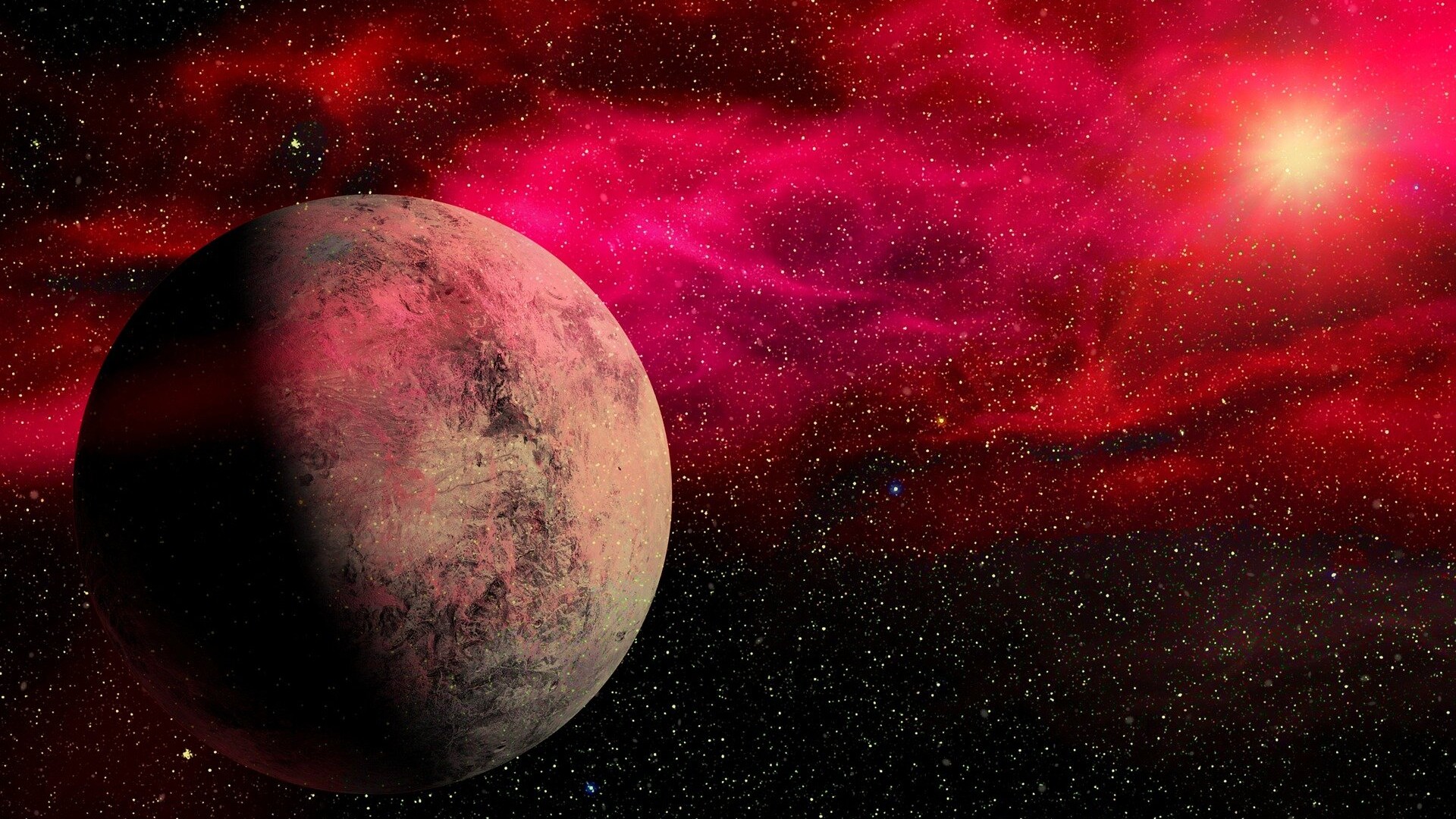
There may be hundreds of millions of habitable planets in the Milky Way, new study suggests
By Briley Lewis published
A new analysis of Kepler data shows that one-third of small stars called M dwarfs may have the potential to host life.
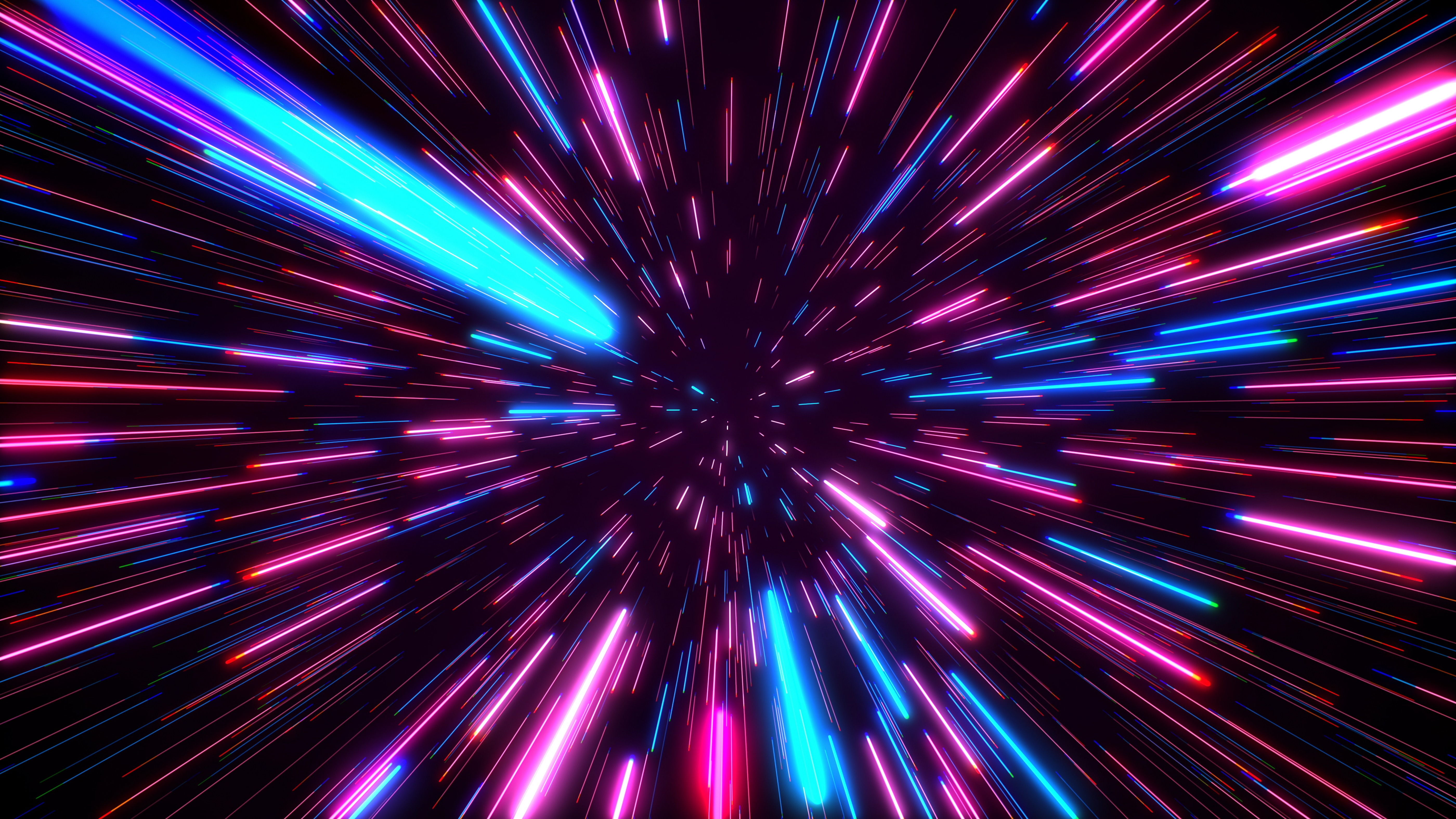
What is the speed of light?
By Briley Lewis published
Light is faster than anything else in the known universe, though its speed can change depending on what it's passing through.
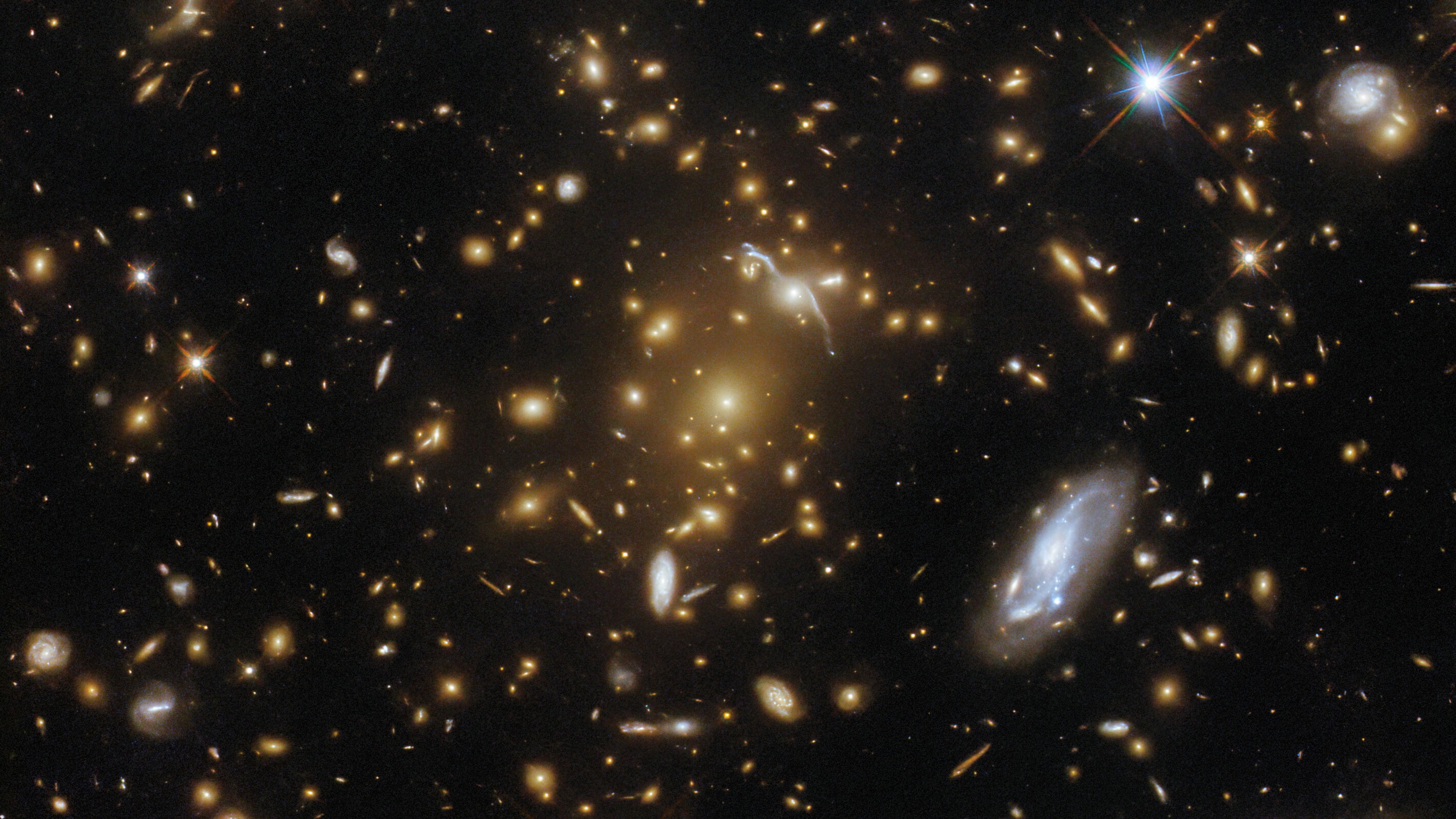
What's the difference between outer space and deep space?
By Briley Lewis published
Space, outer space, and deep space — which is further out, and which is the real final frontier?
Sign up for the Live Science daily newsletter now
Get the world’s most fascinating discoveries delivered straight to your inbox.
